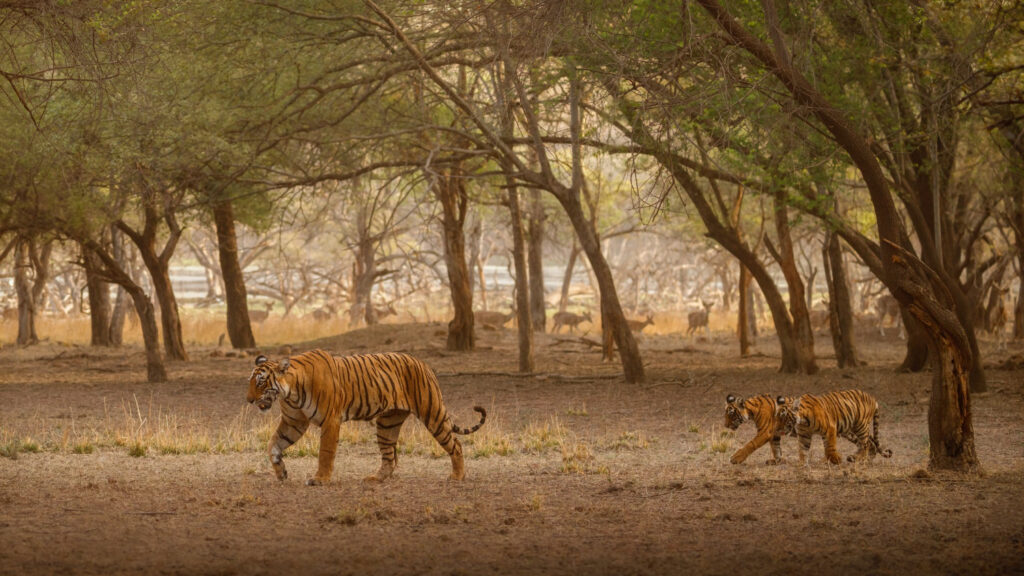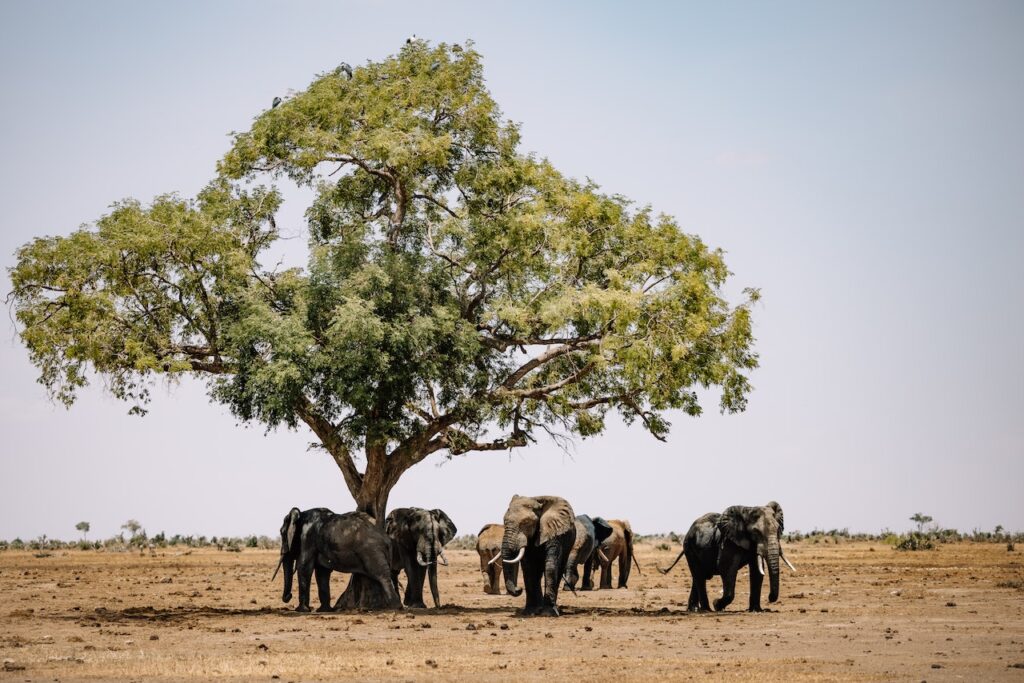Ever heard about an Indian wild safari? If not, imagine thrilling encounters with unique animals – Bengal tigers, one-horned Indian rhinoceros, snow leopards, Asiatic lions, wild elephants, and much more!
Looking at these magnificent animals roaming in their natural habitats is a worthy adventure. However, let’s not forget that Indian wildlife reserves are huge, where animals can hide or camouflage easily. To tick off every animal on your wish list, you have to do your research and be prepared.
Here are some easy tips to help you spot as many animals as possible.
Research, Research, and Research!

India has some of the best wildlife parks spread around the country, and each park has its own charm. Do proper research about the wildlife park you’re looking to explore. Knowing what to look for and where to look for it will increase your chances of spotting various animals.
- Learn which animals are most popular in the parks you plan to visit.
- Find the distances and areas of the Indian National Reserves on your list.
- Ask your guide or the reserve authorities for the best time to visit.
- Know specific sheltering habits of different species to spot them easily.
Say Yes to the Dry Season for Your Wildlife Adventure!

The dry season is the best time to experience an Indian wildlife safari. Most animals lurk around water holes in high heat to quench their thirst. Moreover, scarce vegetation near water holes in the dry season lets you enjoy a clear view of fascinating creatures chilling in or near the water.
Also, most wildlife parks and sanctuaries close down for tourists in the monsoon season. Heavy rains give rise to landslides and marshy terrains, making it unsafe for people to visit the jungles.
Pick an Experienced Safari Tour Guide

If you truly want an immersive wildlife experience, book your visit with a tour company specializing in safari tours like Castle and King. We employ informed and experienced tour guides who know about all important spots and tips to track different animals and birds.
You can also observe our tour guides expertly listening to different sounds in the jungle and learn a few signs to spot the animals yourself.
Patience is Key

Let’s get some facts straight: You won’t spot tigers and other exciting animals in an Indian wildlife reserve immediately. The area is huge, and these animals easily find places to hide. It’s a game of patience!
You might get tired of waiting, but the chance to see such magnificent beasts and exotic species is definitely worth the wait. Plus, you can bask in the beauty of the trees and plants around you and enjoy the sounds of the jungle while you wait to spot something interesting.
Avoid Making Too Much Noise

It’s hard not to get excited when you hear tigers, elephants, or other animals in the wild. But remember, noise scares animals away. They will run and hide if you shout or talk loudly, ruining your chances of observing them close up.
Most animals (especially birds) also fear movement. So, try to remain still and silent if you want to spot the exciting animals on your wishlist.
Use the Right Tools

Your two best friends on an Indian wildlife safari are good-quality binoculars and a guidebook with pictures and descriptions of the animals you might see. You will need binoculars to spot different animals from a distance, and the guidebook will help you identify what you’re looking at.
Consider the Weather Conditions

Animals react differently to changes in the weather. Hence, your chances of spotting your favorite animals increase if you plan your trip according to the weather conditions.
- You will see most animals in sheltered areas if the day is sunny or windy.
- A lot of predatory animals become more active at dusk and dawn in cloudy or overcast conditions
- Storms cause a burst of activity amongst insects and their predators
- Nocturnal animals stay active through the dawn if the nights turn too cold.

 Menu
Menu






